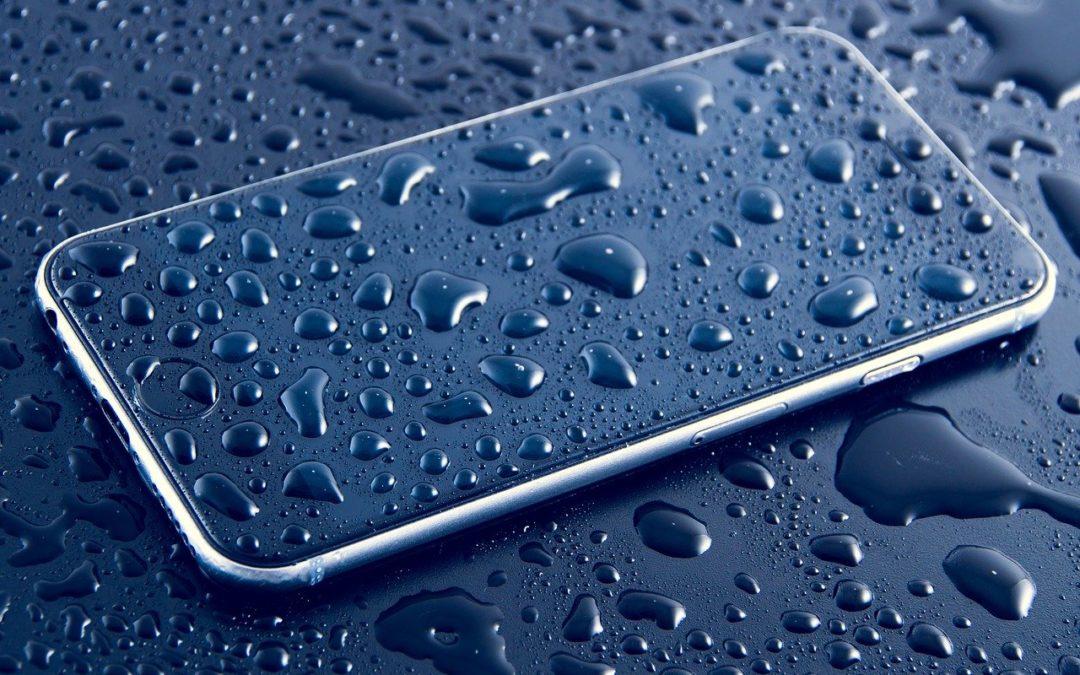Carbon is one of the most common types of chemical elements found on earth. This versatile atom type can combine in a variety of shapes to form various materials, including graphene. Graphene is a new form of carbon developed in 2004, and it is notable for being a fine layer that is only a single atom thick. This unusually useful form of carbon is stronger than steel while being a great conductor of electricity and heat. One of the particularly interesting things about graphene is the way it interacts with water.
Graphene behaves somewhat strangely when it gets in touch with water. It is similar to graphite, a type of hydrophobic material. Graphene forms tight bonds that are so strong water cannot easily move through a sheet of graphene. However, since it is a very thin sheet that is only one atom wide in thickness, graphene normally breaks when it comes into contact with water. Another unusual fact about it is that the material also floats whenever it is placed on water. Due to all this behavior, scientists assumed graphene was a hydrophobic, or water-repelling, material.
It turns out that graphene is a heavily misunderstood material. A recent study from the Advanced Materials Journal has proven that graphene is actually hydrophilic. This revolutionary study was one of the first to manage to place droplets of water on graphene without the graphene immediately breaking up. Other researchers who have tried these tests supported graphene on metal or silicone which are hydrophobic. However, the Advanced Materials study used a thin layer of ice to support the graphene instead, so they could see how it truly interacts with water. When they did this, the researchers found that the water was actually attracted to the graphene sheet. This conclusively proves that graphene is a hydrophilic substance that attracts water to itself.
Now that researchers better understand graphene’s relationship to water, they have been able to develop a lot of extremely useful applications for graphene. Graphene is an unusually thin arrangement of carbon atoms, so it is suitable for a lot of modern scientific and engineering techniques. Since it can actually attract water, it may be particularly useful as a method of filtering water. There are already some water filters currently in place that use layers of graphene oxide to filter salt out of water quickly and easily. The technology is still fairly new, but many hope that it will revolutionize how water is filtered and make it far easier for people to cheaply create clean water.
As the Advanced Materials study shows, graphene’s hydrophilic properties are more easy to observe when it is layered between water. Therefore, researchers are starting to look into all sorts of constructions that involve graphene sandwiched between liquids. There is some hope that hydrophilic graphene can be useful for constructing certain biosensors, fuel cell membranes, and even bulletproof vests.
Water can pose a major problem for many materials. While graphene’s connection to liquid is initially vexing, its properties prove that it is capable of interacting with water in ways that allow for new innovations and technologies to arise.

